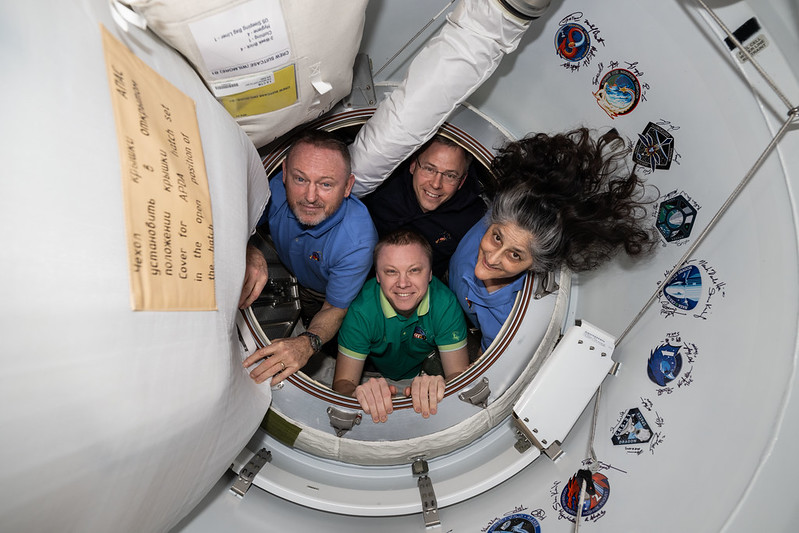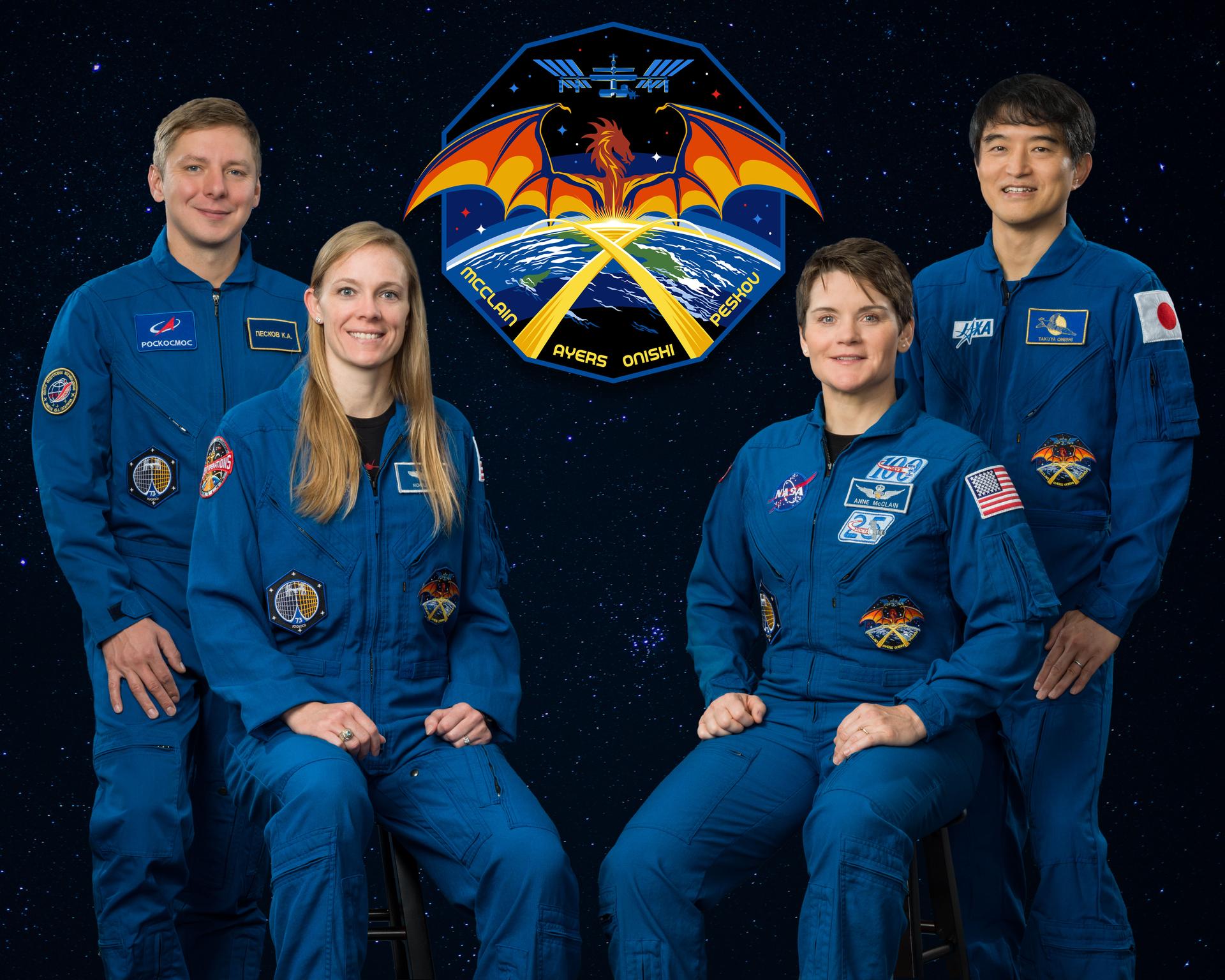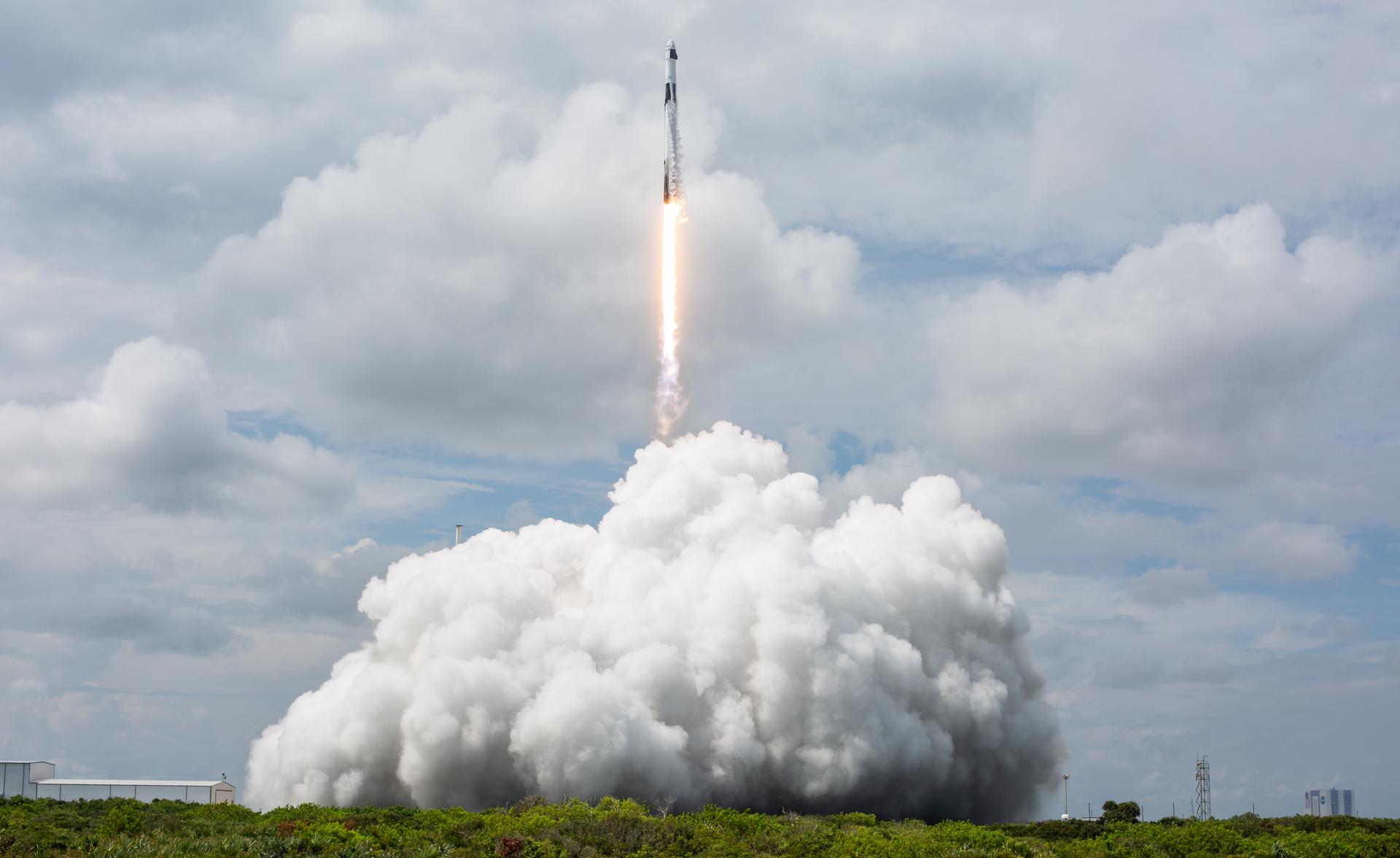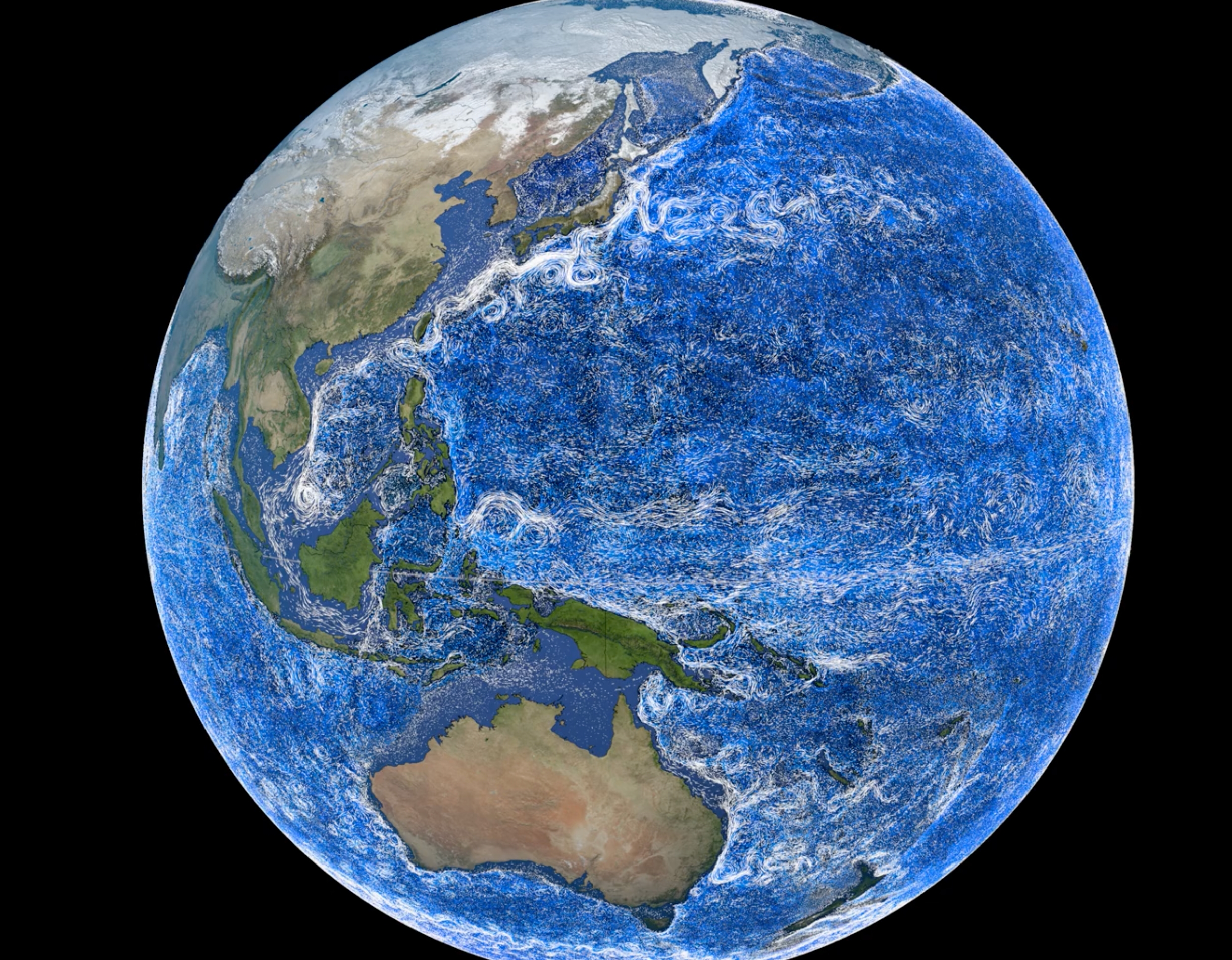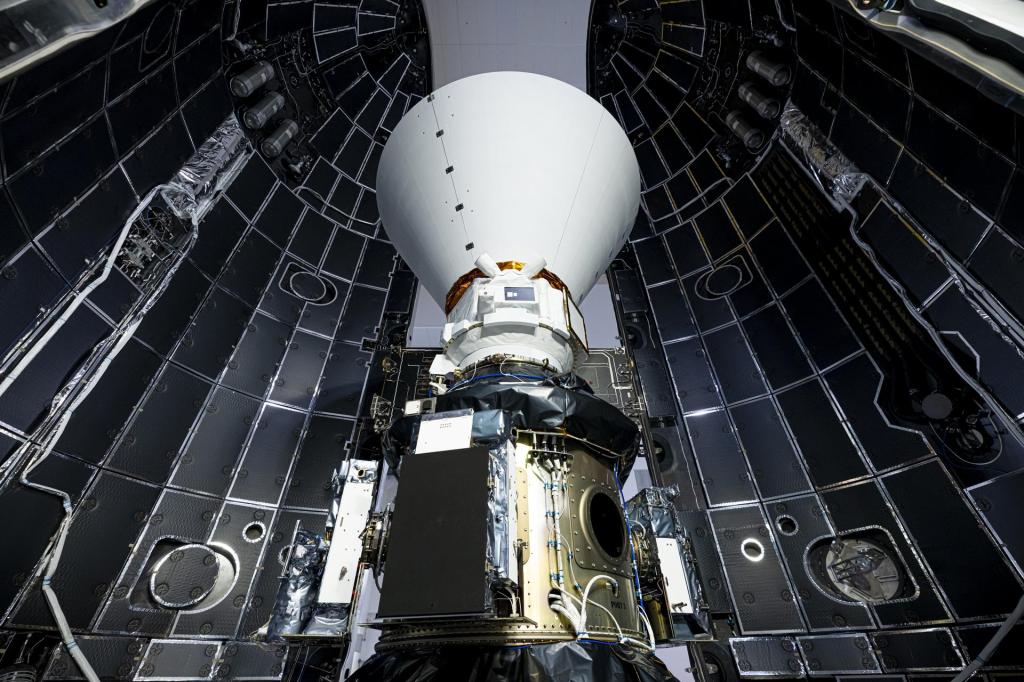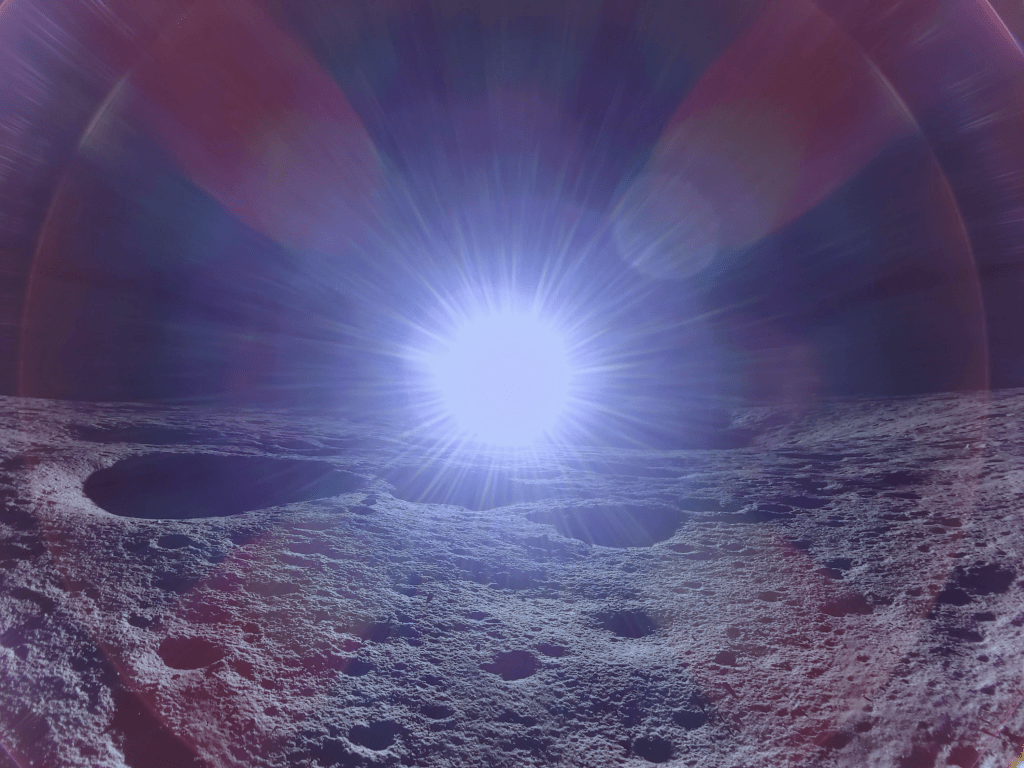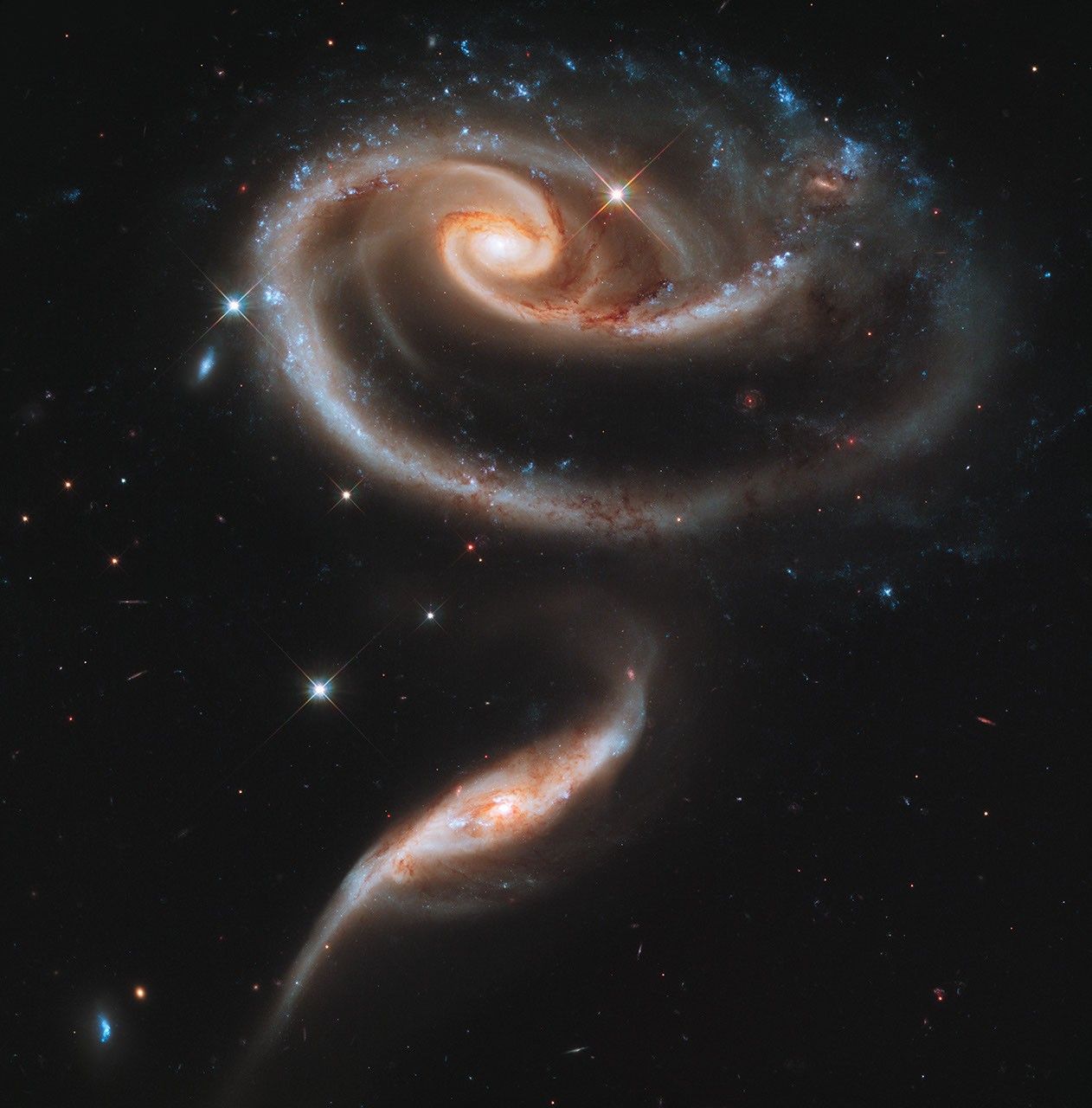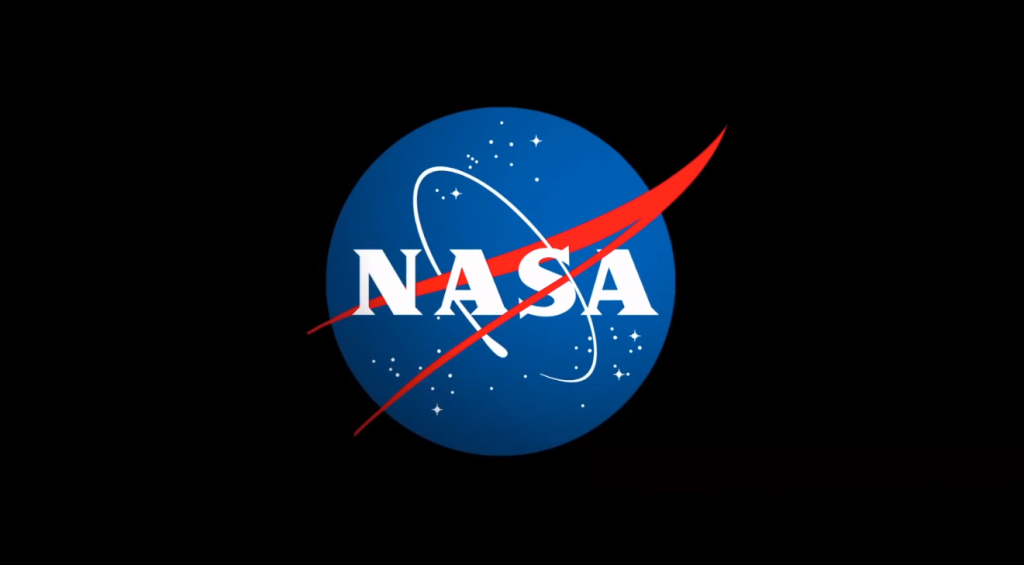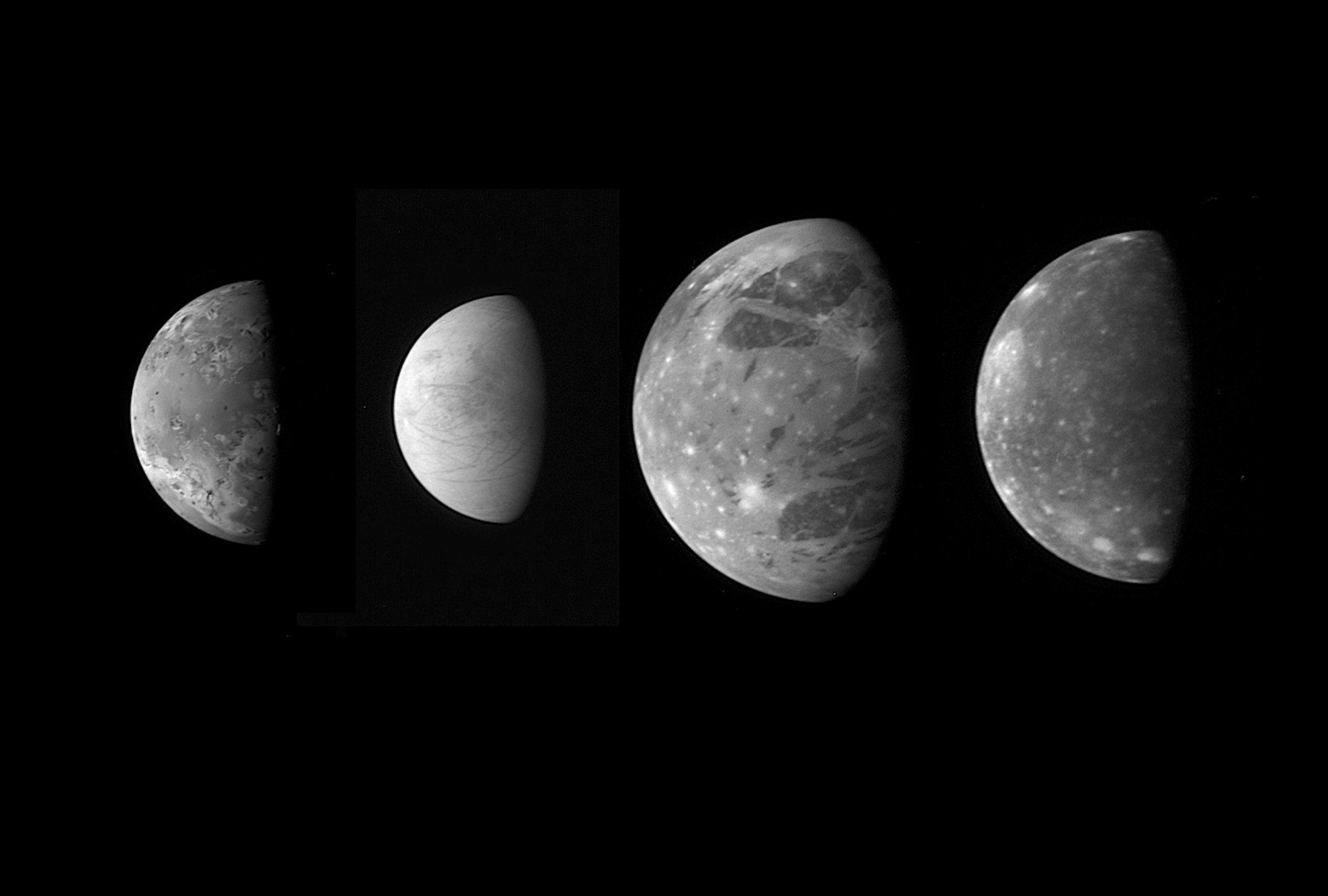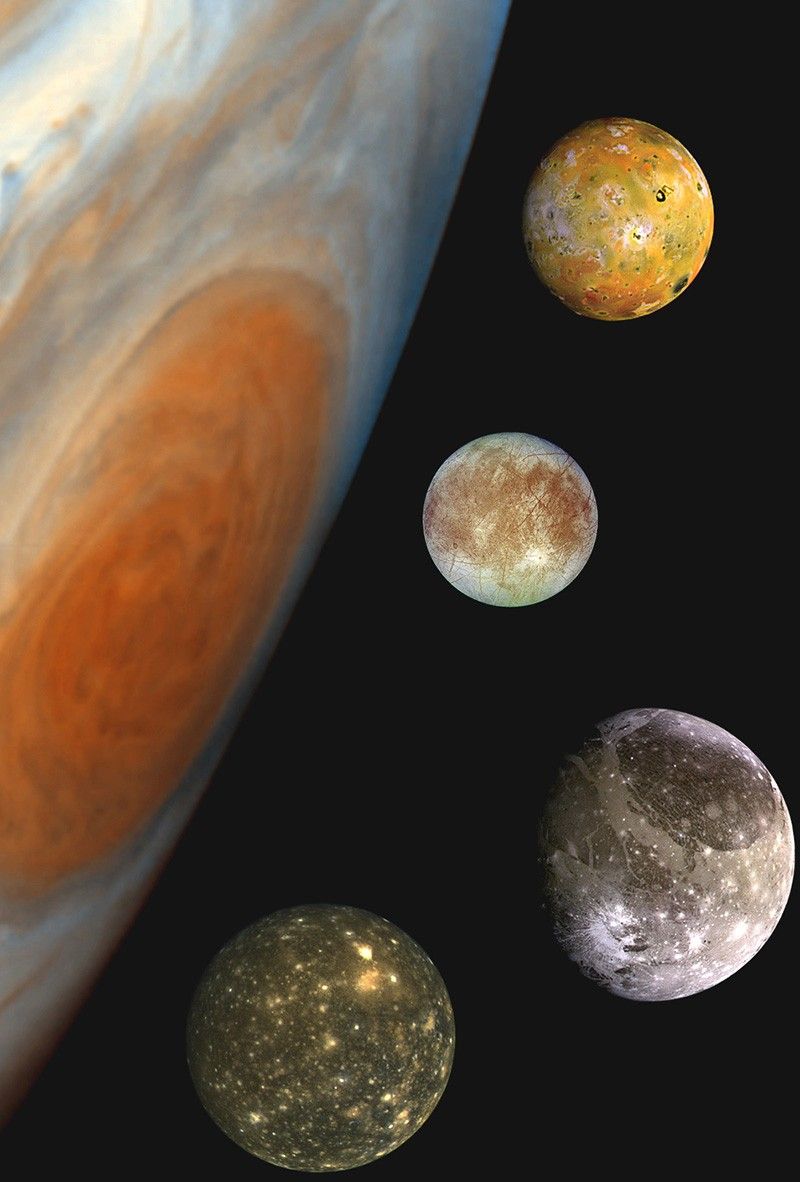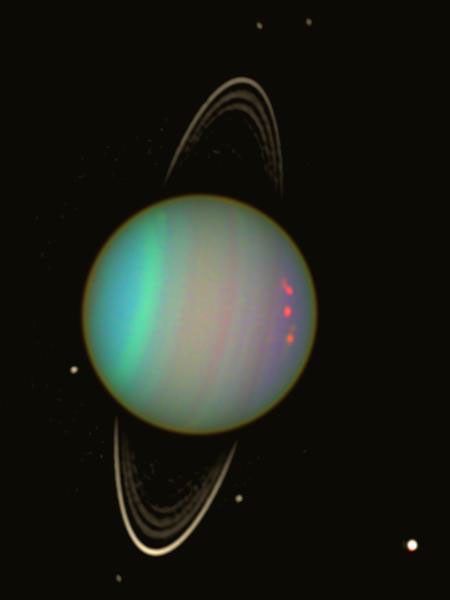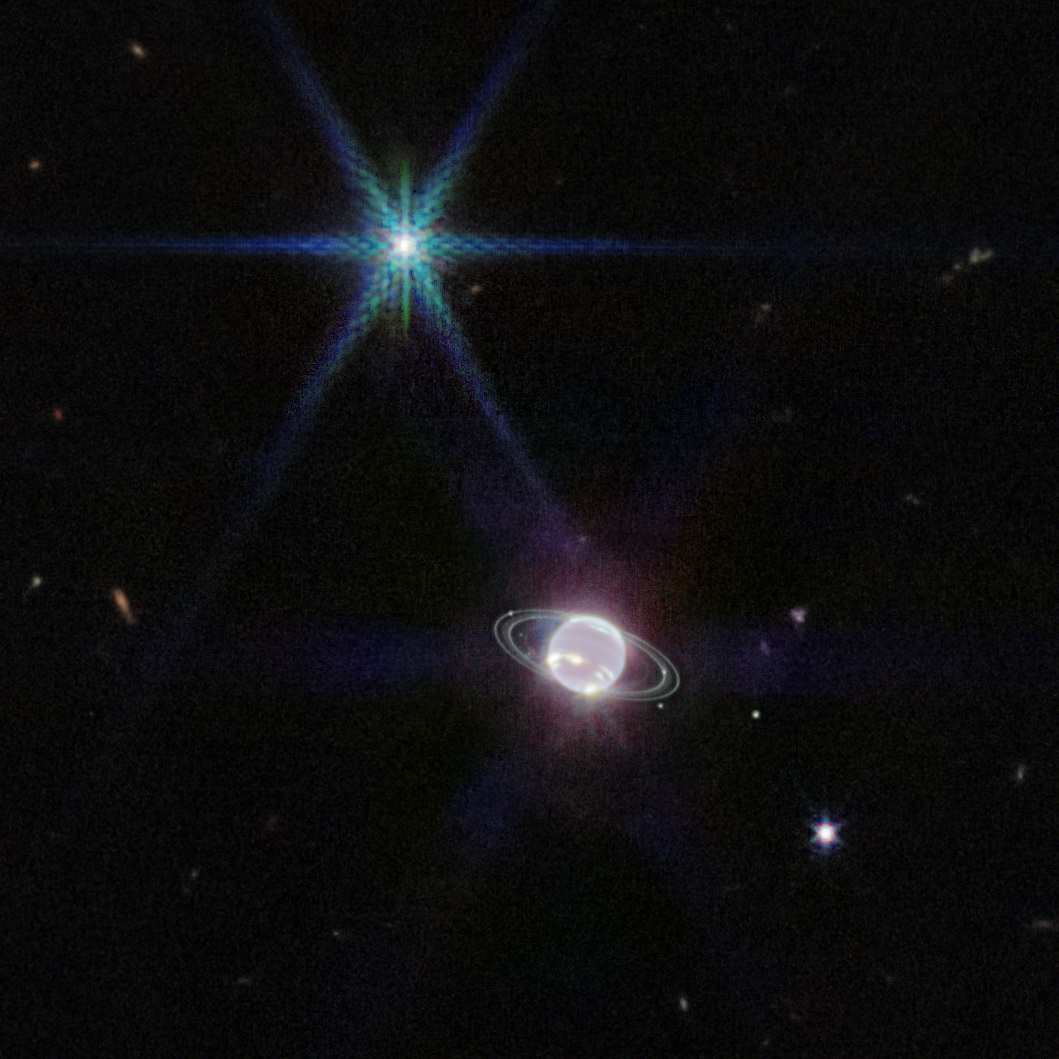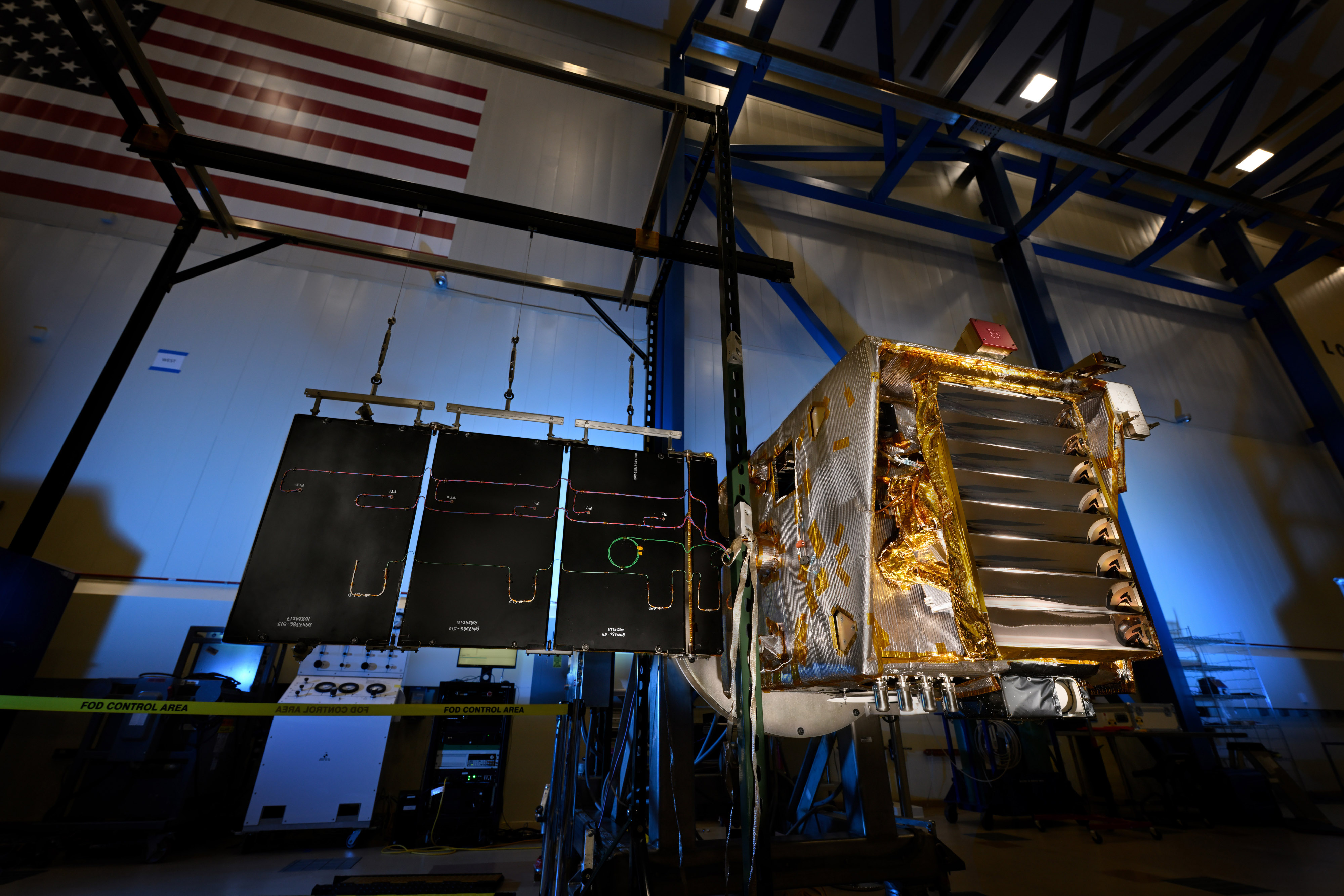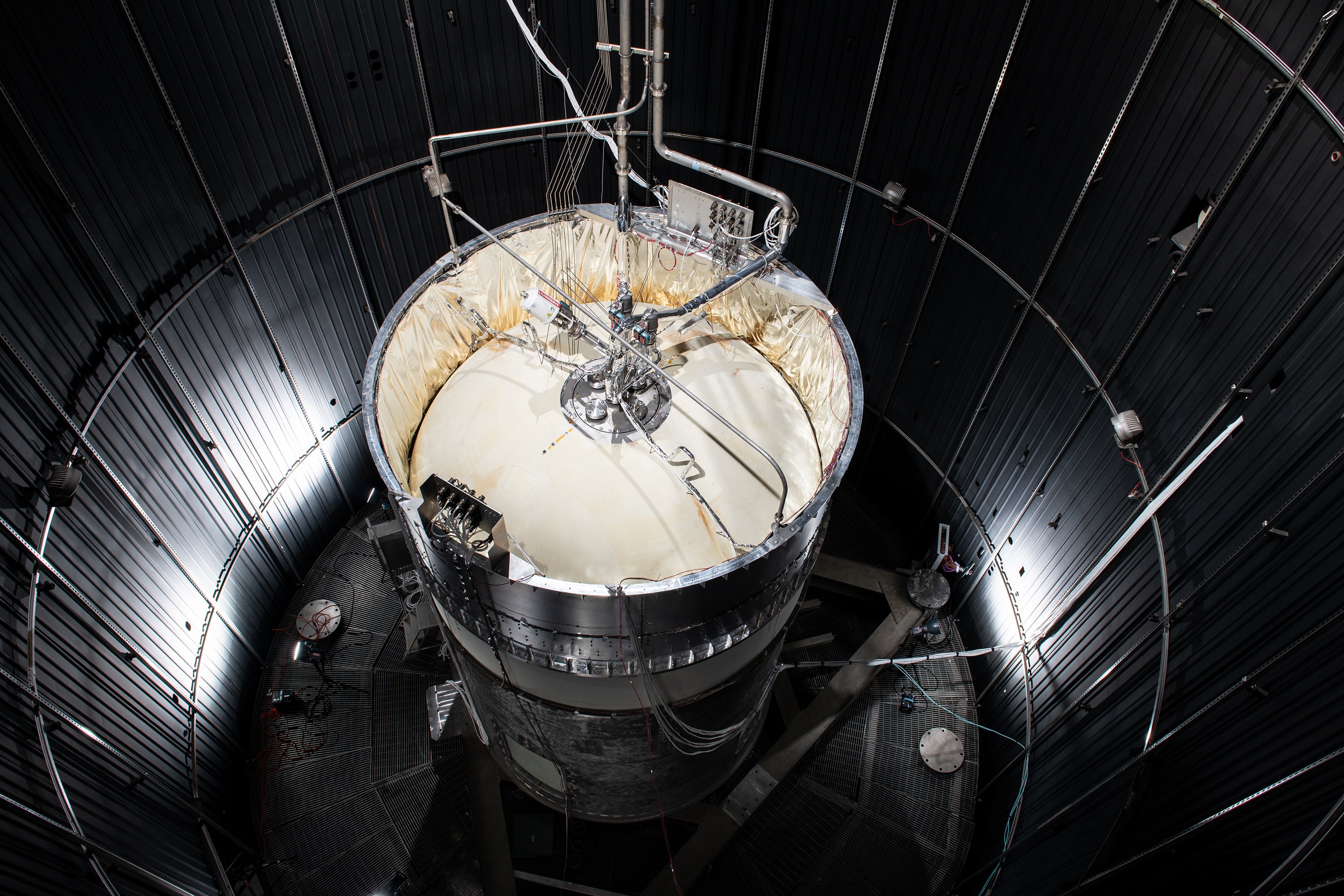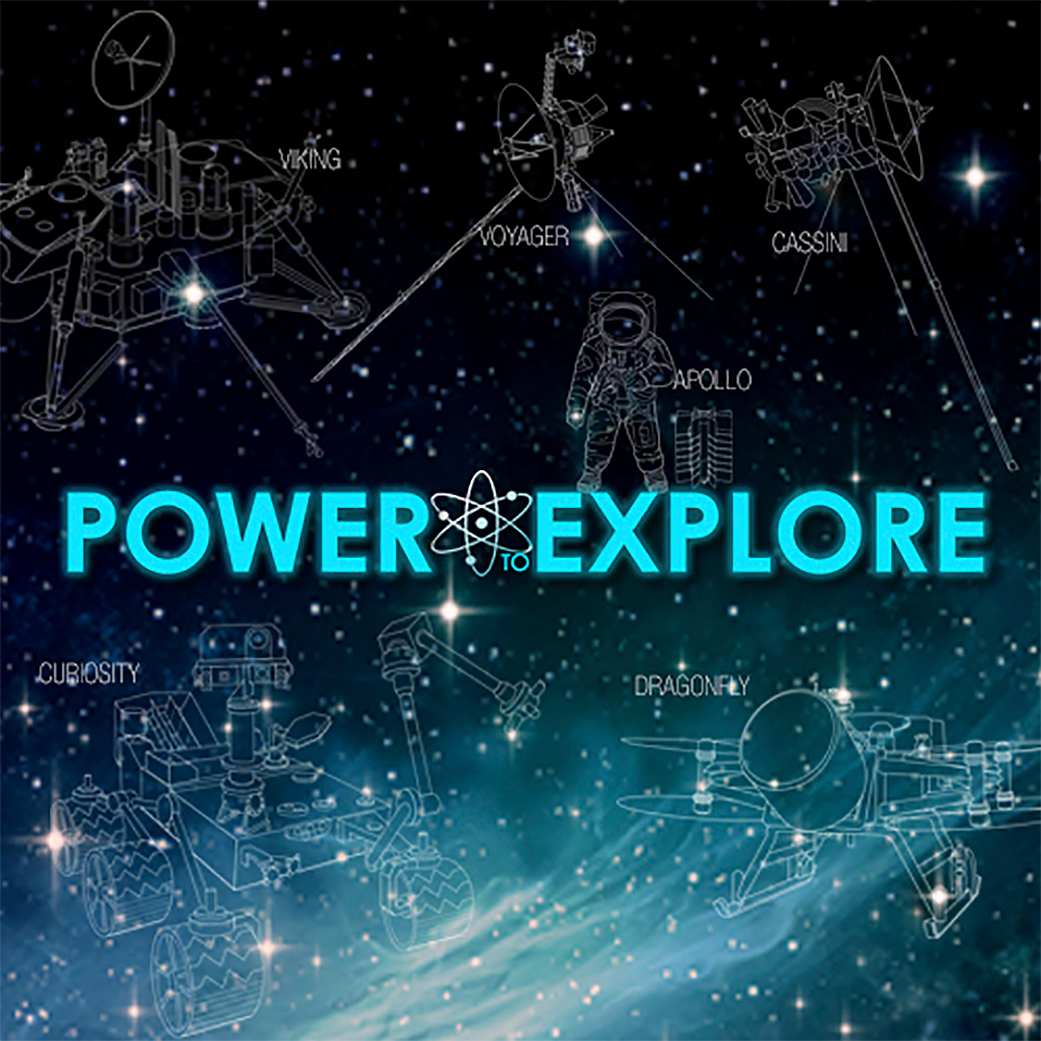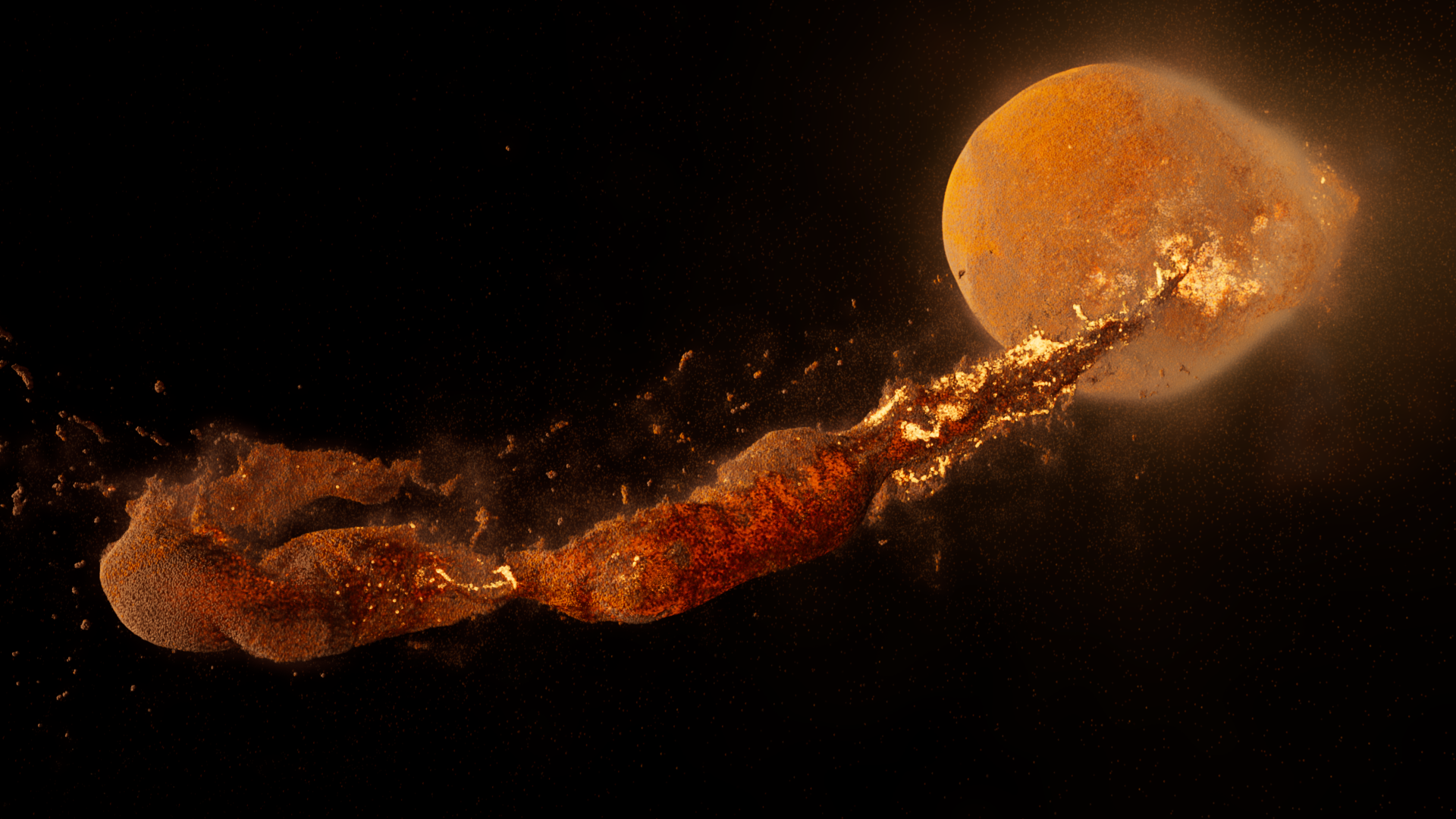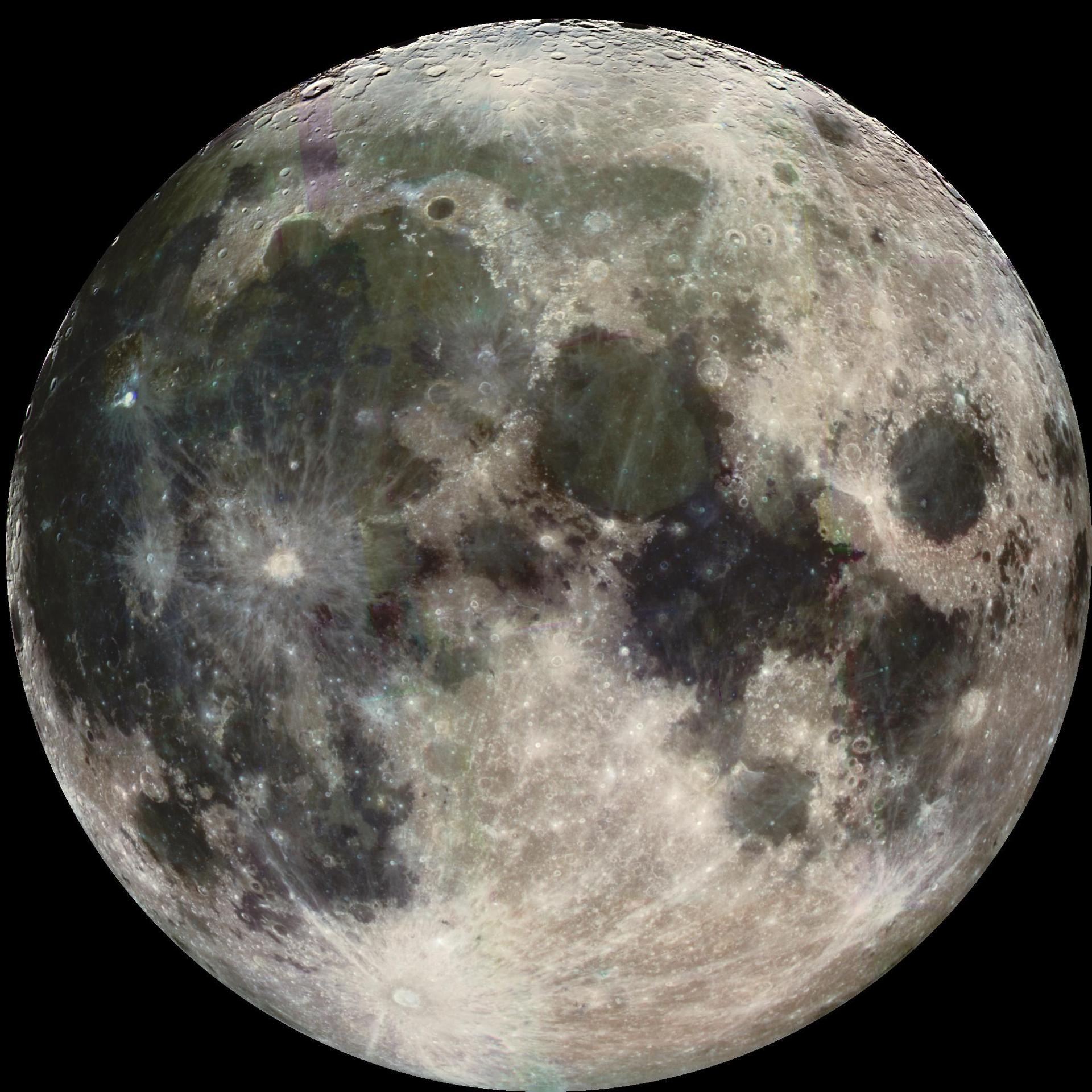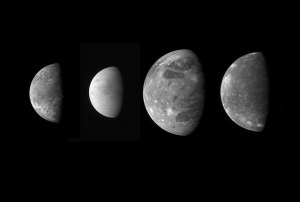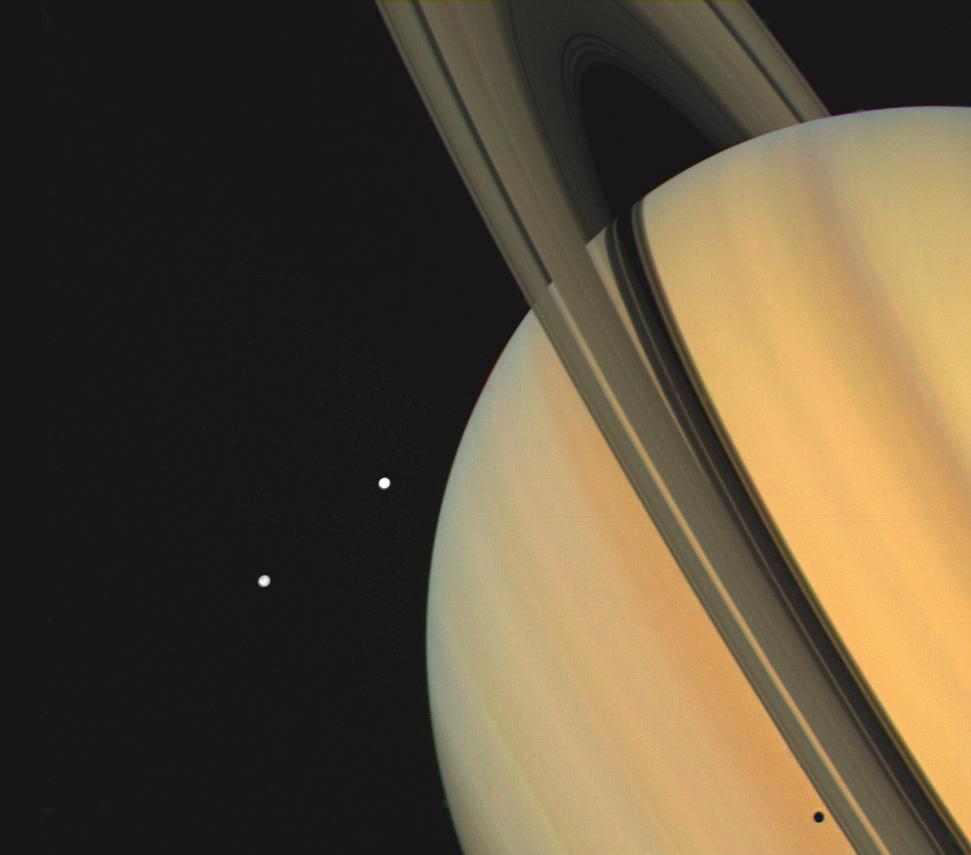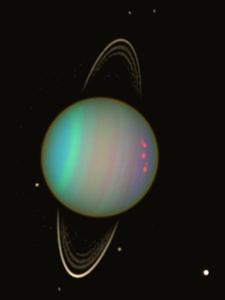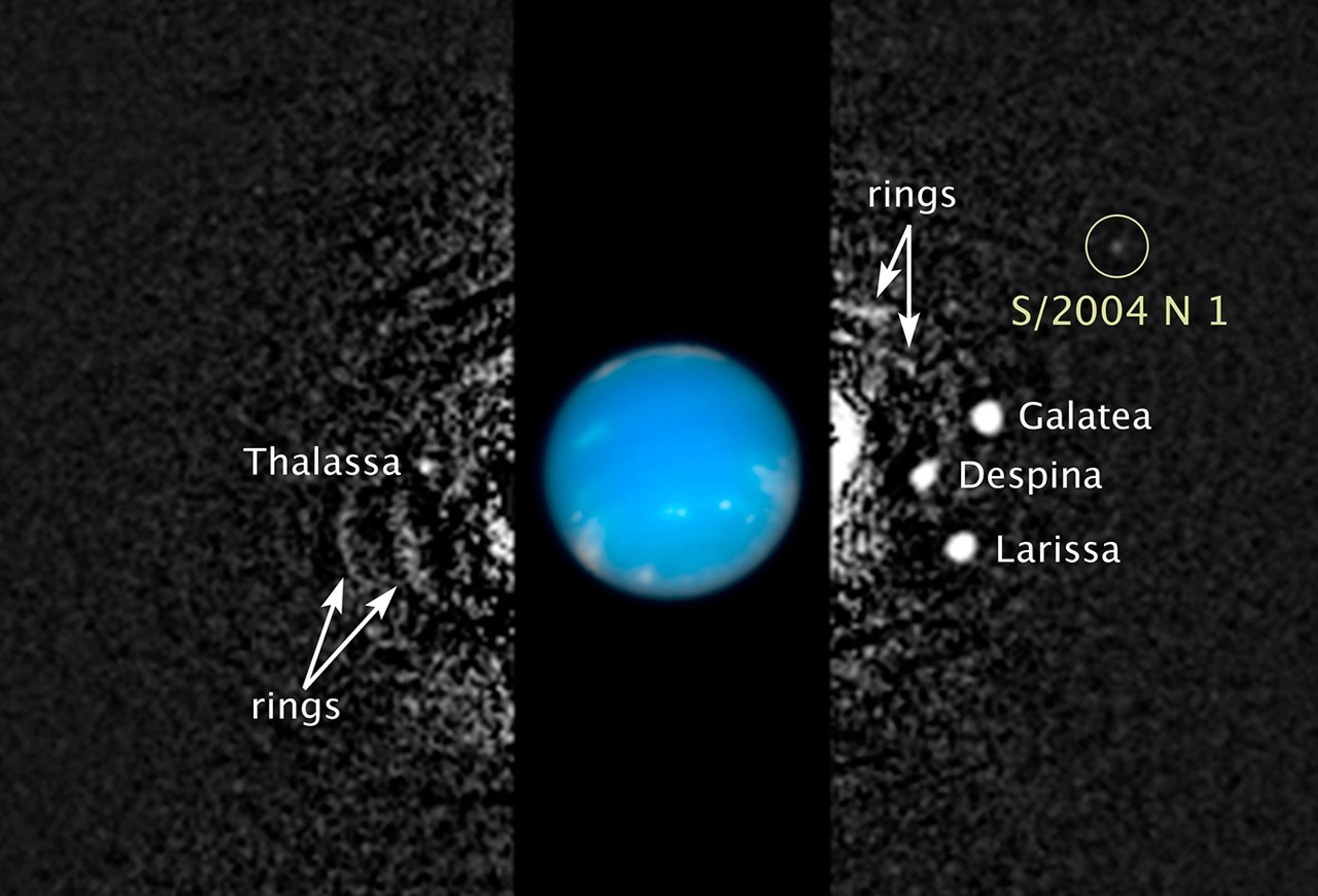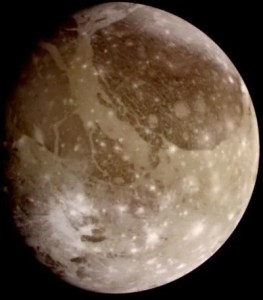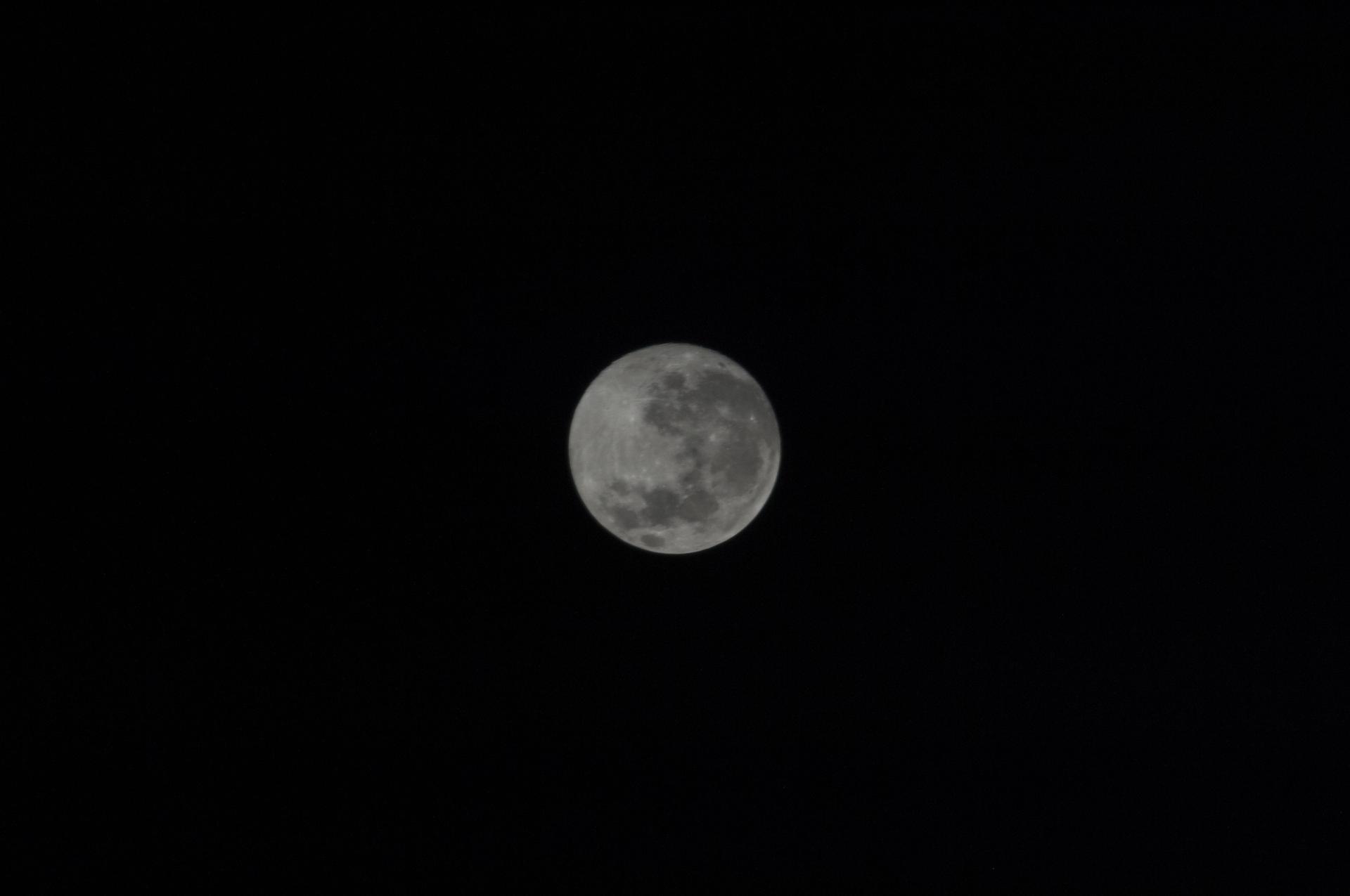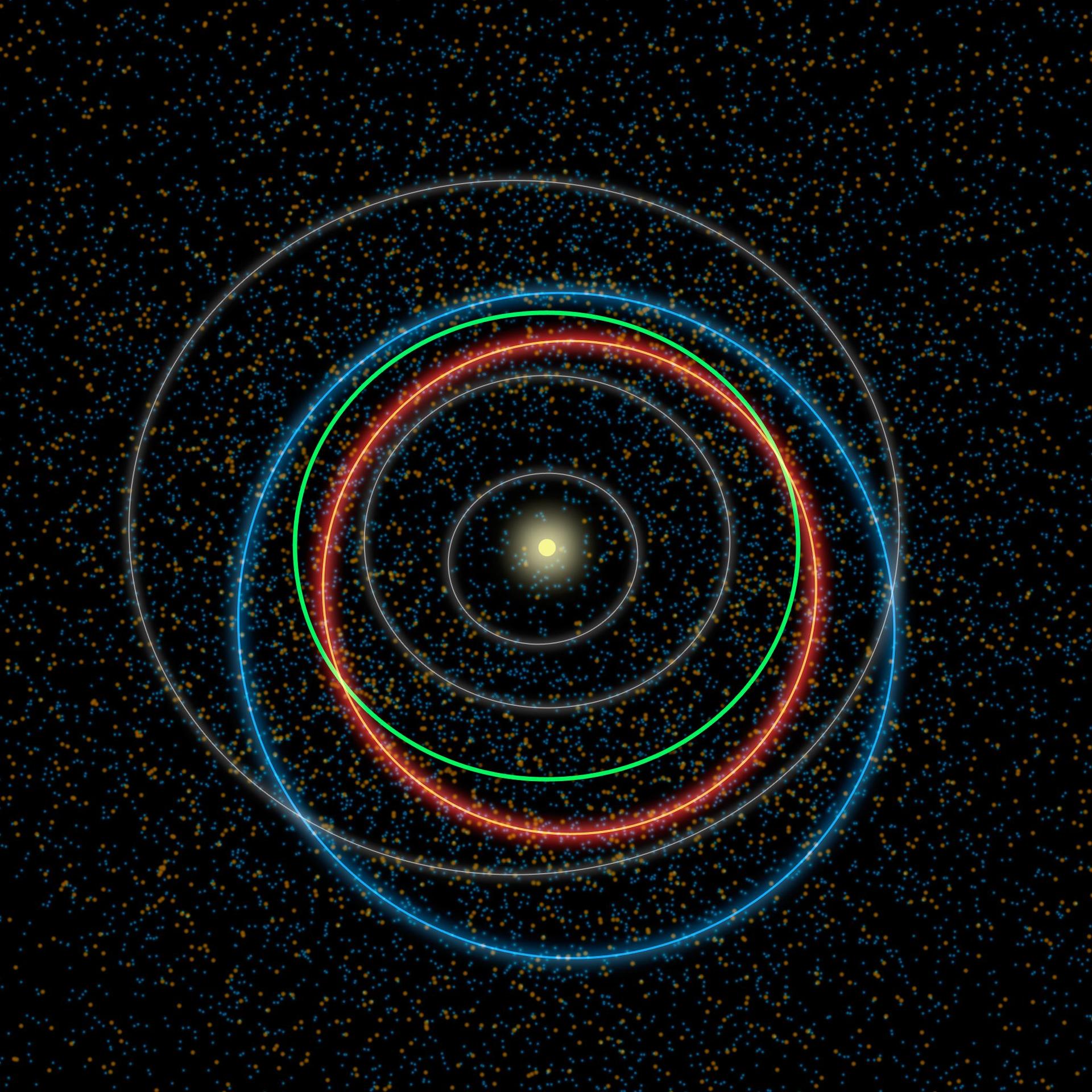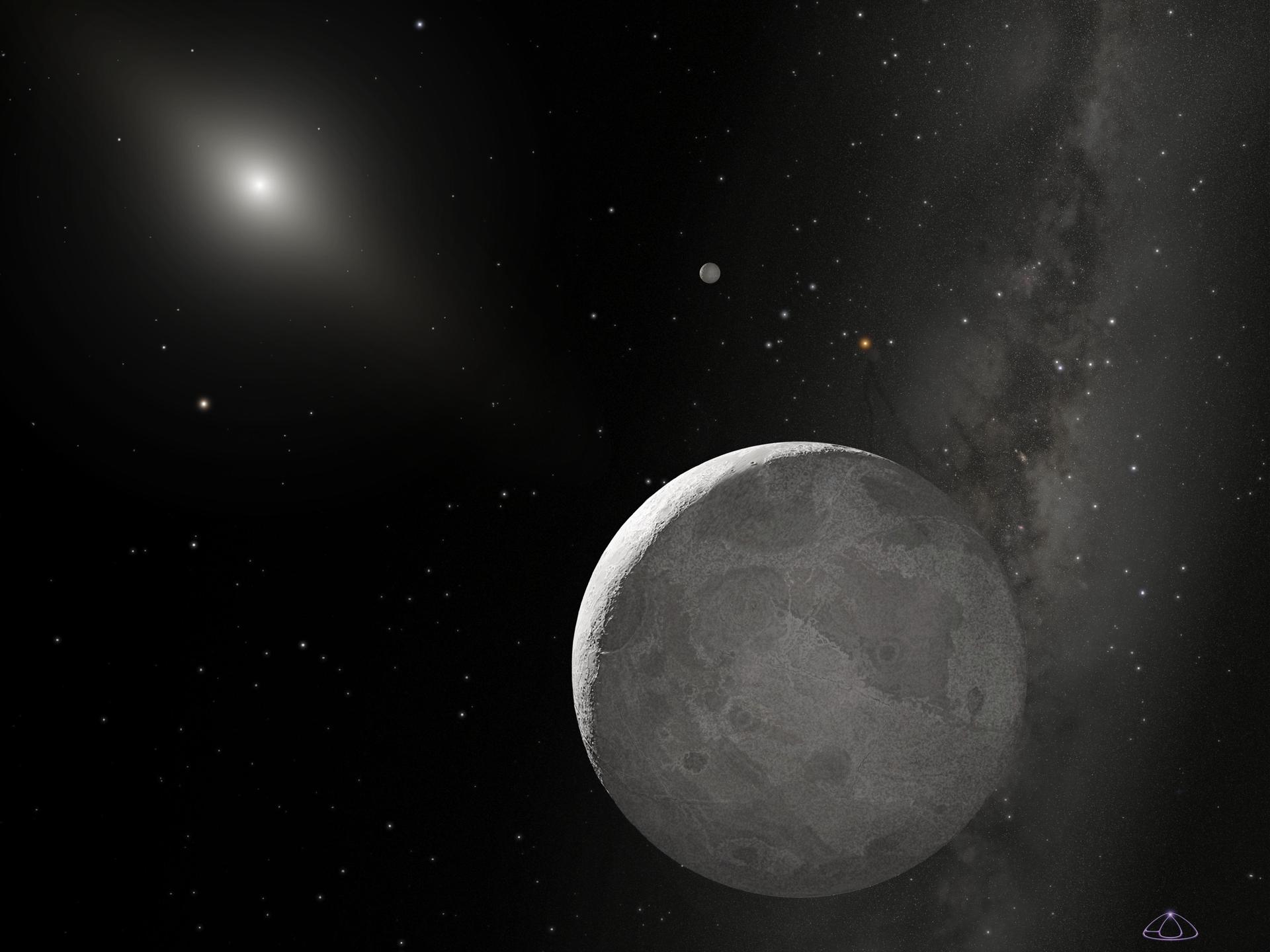featured moons
Explore Our Solar System's Moons
Our solar system has hundreds of moons. Even some asteroids have moons.
Moons – also called natural satellites – come in many shapes, sizes and types. They are generally solid bodies, and a few have atmospheres.
Get the Facts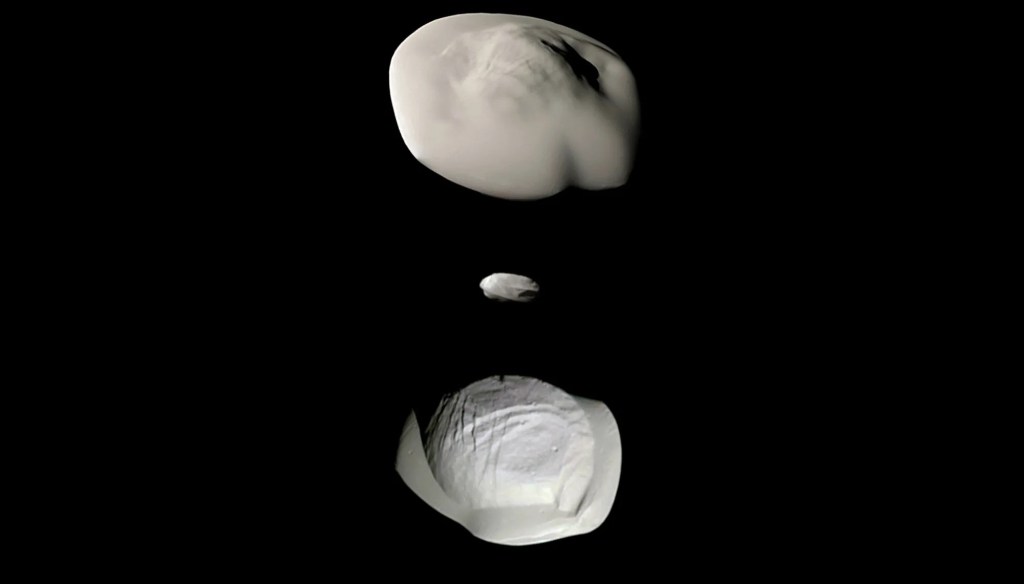
How Many Moons?
Hundreds of moons orbit planets, dwarf planets - even asteroids.
The current tally of moons orbiting planets in our solar system is 293: One moon for Earth; two for Mars; 95 at Jupiter; 146 at Saturn; 28 at Uranus; 16 at Neptune; and five for dwarf planet Pluto. Astronomers also have documented more than 470 moons orbiting smaller objects, such as asteroids, dwarf planets, or Kuiper Belt Objects (KBOs) beyond the orbit of Neptune.
Latest Moon Count
Earth's Moon
-
Get Ready for the March 2025 Total Lunar Eclipse
The Moon will pass into Earth’s shadow and appear to turn red on the night of March 13 or early in the morning on March 14, depending on time zone. Here’s what you need to know about the total lunar eclipse.
-
All About Our Moon
From lighting up our skies to maintaining a geological record of our solar system’s history, Earth’s closest celestial neighbor plays a pivotal role in the study of our planet and our solar system.
-
It's Just a Phase
Sometimes the entire face of the Moon glows brightly. Other times we see only a thin crescent of light. Sometimes the Moon seems to disappear. These shifts are called moon phases.
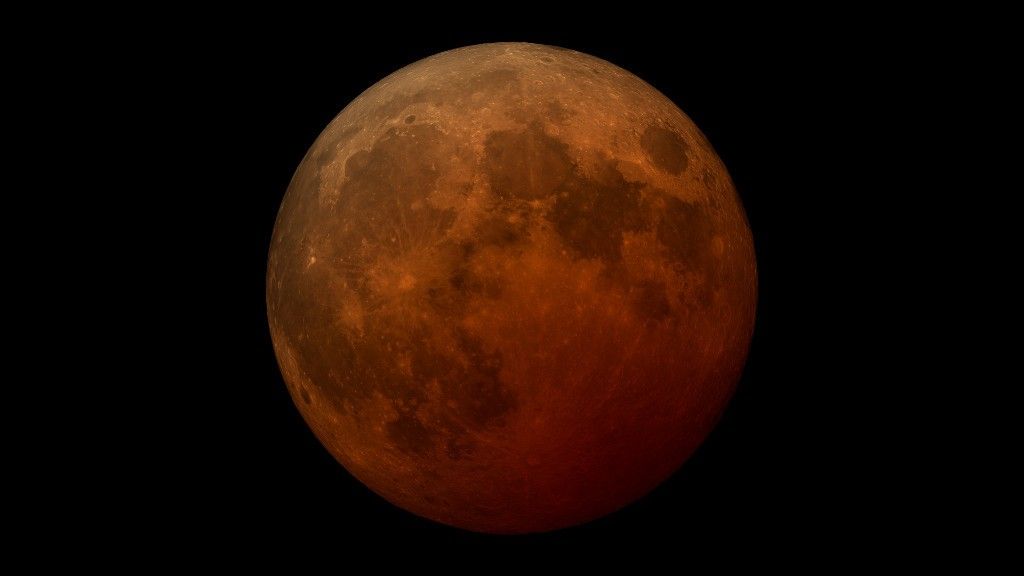
Moons in Our Solar System
How big is Ganymede? How small is Deimos? Which moons might have what it takes to support life?
Explore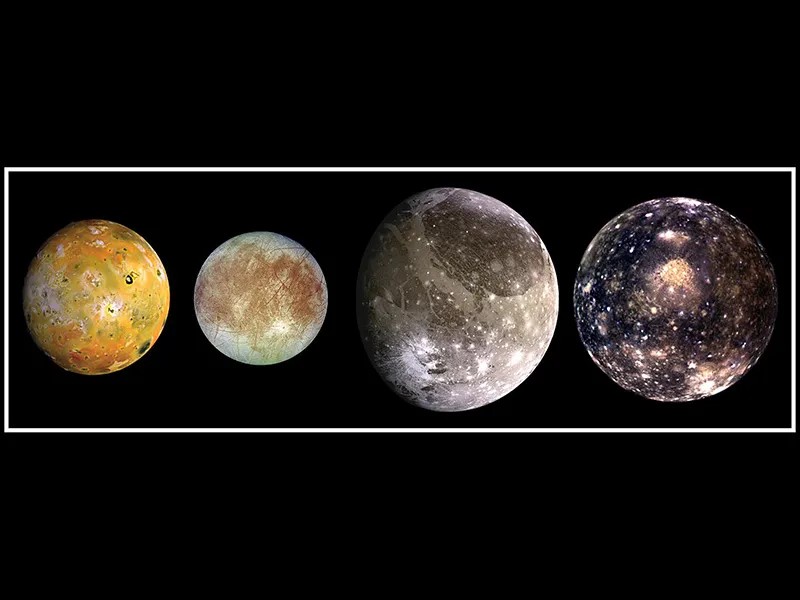
Europa Clipper
Europa Clipper will search for signs of potential habitability on Jupiter's icy ocean moon Europa.
Learn More

